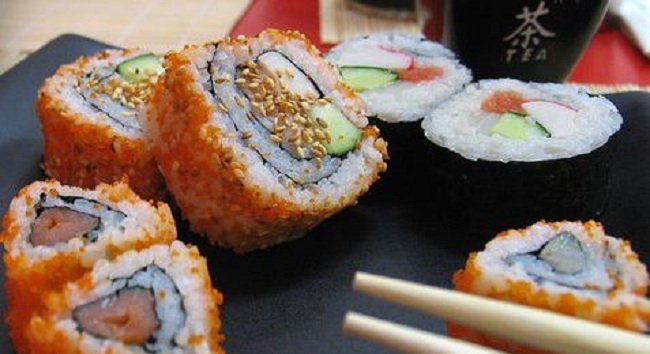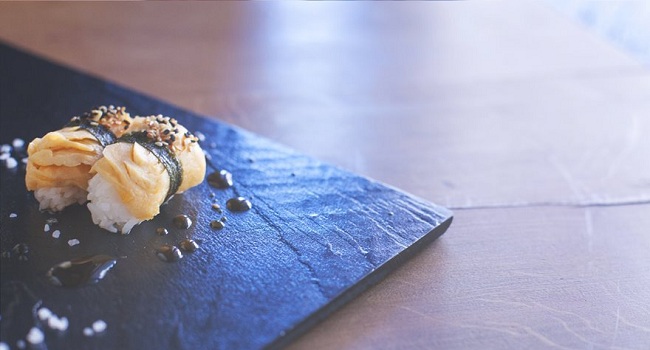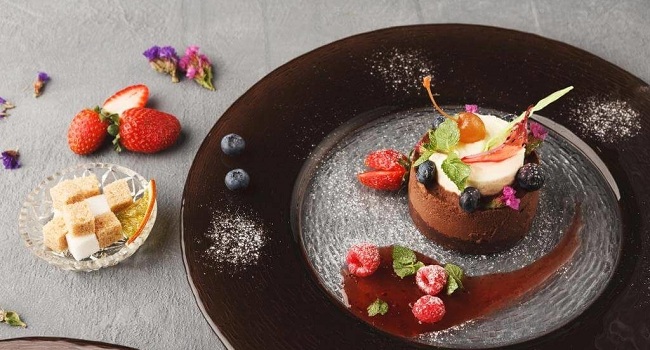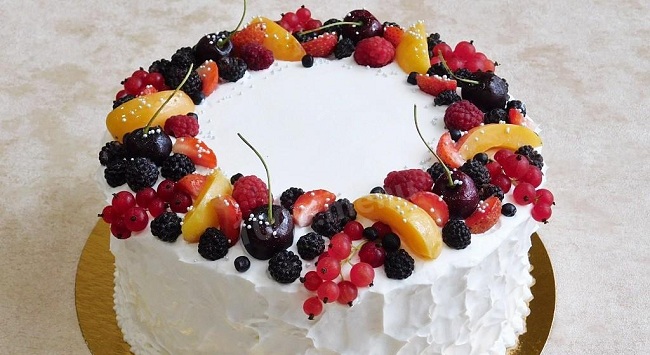Japanese cuisine has so long and firmly entered our lives that among your friends there can easily be more sushi lovers than salads. So throwing a sushi party is a very tempting idea. But what if your first attempt at making sushi on your own failed? Then this article is especially for you.

- Have you ever cut a tomato with a dull knife? Exactly. The fish knife should be very sharp. And long. To prevent a slice of fish from falling apart, it must be cut off in one, maximum two movements, then the slice will be smooth, even and, most importantly, whole. If you completely hit the authenticity, there are special Japanese knives for cutting fish and sushi with one-sided sharpening. Our chefs start every day with a sharpening knife. And before cutting the rolls, the knife is barely moistened with water. The fish should be cut at an angle of about 45⁰ along the grain, so that the slice will not fall apart.
- It’s hard to imagine Japanese cuisine without rice. But unlike rice, which we use for porridge, pilaf and other dishes, to prepare sushi we need a different type of product and a different method of cooking. First, the rice must be round grain. In stores, this rice is usually marked “for sushi”. Such polished grain is quite sticky, but at the same time it does not stick together in a lump. Of course, if you cook it properly. And it is necessary to cook clearly to the degree of al dente (when the rice is already ready, but has not yet lost its elasticity), in no case should it be overcooked. To simplify the task, you can use a slow cooker or rice cooker, in which the product will be ready in 25 minutes. You can add a special dressing of rice vinegar, salt and sugar to the finished rice – in addition to giving a special taste, it will allow the rolls to keep their shape better.
- The importance of choosing good fresh fish is hard to overstate. Take fish that has been shock-frozen. Temperatures from -18⁰C to -30⁰C kill absolutely everything that your stomach may not like. Buy fish in trusted stores, and in no case “off hand” in some spontaneous market. Choose vacuum-packed fish in stores.
- An indispensable sauce for most Japanese dishes is sold in our stores in powder form. Don’t worry, there is no chemistry in it, it just keeps the grated green Japanese horseradish. In order for it to take the form you know, it must be diluted with boiled water at room temperature. But be careful, when mixing the powder with water, the fumes are the same as when chopping onions. The strength level can be controlled independently – the more water, the less burning your wasabi will turn out to be.
- Wasabi. The correct soy sauce consists of only 4 ingredients: soybeans, wheat, salt and water. Read the composition carefully. It is advisable to buy soy sauce in a glass bottle – it is stored in it much longer than in a plastic container. Also, soy sauce can be sold concentrated or already diluted. Again, study the label. Restaurants serve ready-to-eat sauce, but when ordering delivery, couriers bring in a concentrate (as written on the cap), which must be diluted to taste.
- Before making your sushi, make sure you have the correct bamboo curling mat. Many novice “home sushi” use a plastic bag to shape the rice, which is fundamentally wrong and unproductive – the rice will still fall apart. So you can’t do without a mat. So, put the rice on nori (green sticky seaweed) and put it on the mat, after wetting your hands with vinegar water, evenly lay out the other ingredients – the filling, and twist with effort. We fix it for a few seconds and carefully unfold it. The result is the perfect rice sausage. Cut it with our super-sharp knife soaked in water and sprinkle with sesame seeds or other spices to taste. Knowledge, patience, sleight of hand and a little magic.









